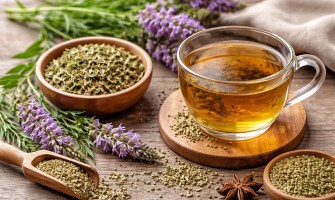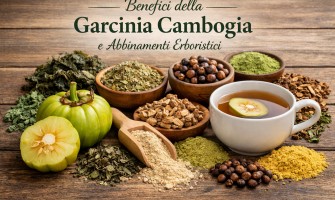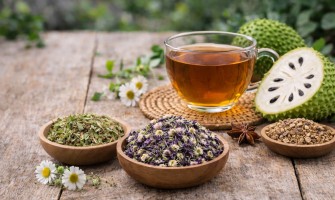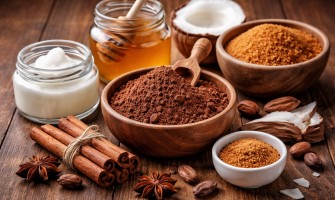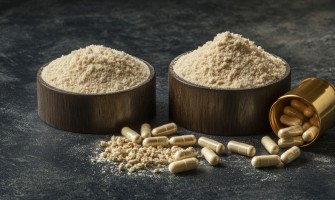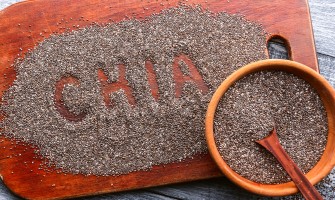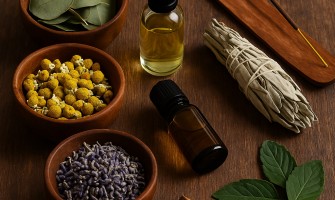0
2051
Galega officinalis: benefici per il metabolismo e utilizzo in tisana
Utilizzi tradizionali della galega nelle tisane di uso quotidiano
La galega è una..
0
1033
Ginseng una radice tonica per energia concentrazione e vitalità
come inserirlo nella routine e scegliere la forma più adatta
Il ginseng è una delle ra..
0
585
Garcinia cambogia: utilizzo, benefici e abbinamenti erboristici utili
Un approccio naturale al controllo del peso con piante officinali selezionate
La..
0
1213
Graviola un frutto tropicale oggi coltivato anche in Italia
cosa valutare prima dell’uso e come abbinarla in modo equilibrato
La graviola è un frutto ..
0
1433
Graviola e infiammazione: cosa sapere davvero e come abbinarla correttamente
cosa valutare prima dell’uso e come abbinarla in modo equilibrato
La grav..
0
974
Guaranà: potente energizzante naturale, quando usarlo e cosa sapere
Uno stimolante naturale da conoscere prima di inserirlo nella routine
Il guaranà è..
0
782
Spezie e sali in cucina: come usarli insieme per dare equilibrio ai piatti
Scelte semplici, dosi corrette e abbinamenti che non coprono i sapori
Usare..
0
1168
Cacao in polvere: perché fa bene, quando usarlo e come sceglierlo
Come inserirlo nella routine senza esagerare e scegliendo bene
Il cacao è un ingredi..
0
906
Semi di chia: perché vanno idratati e come usarli per attivarne le proprietà
Acqua, latte e bevande vegetali: come idratarli e perché cambia il risult..
0
1045
Lievito di birra perché usarlo tra proprietà e utilizzo quotidiano
Dall’alimentazione quotidiana alle esigenze di chi fa sport
Il lievito di birra è u..
0
767
Semi di chia e perdita di peso tra digestione e senso di sazietà
Quando digestione e fame guidano le scelte alimentari
Sempre più persone cercano un r..
0
688
Aromaterapia tra erbe fiori e resine nella tradizione delle fragranze naturali
Un viaggio olfattivo tra rituali antichi e percezioni profonde
L’aromat..


